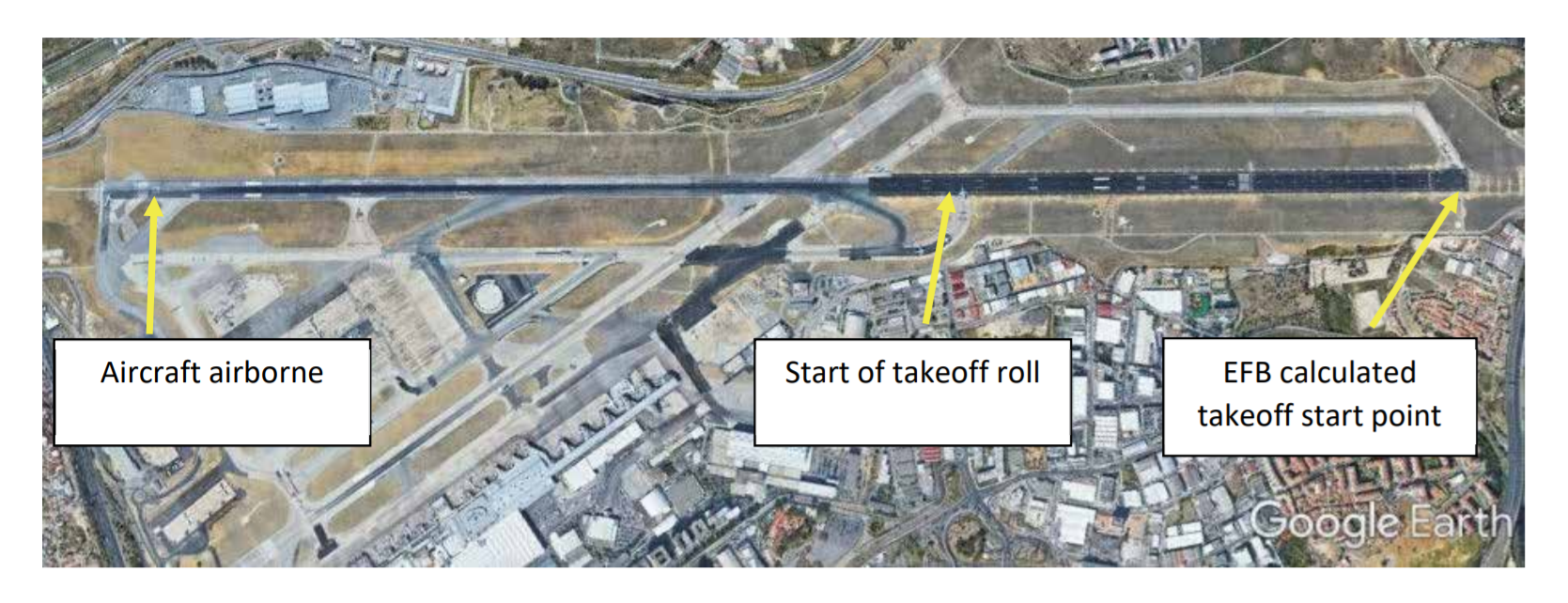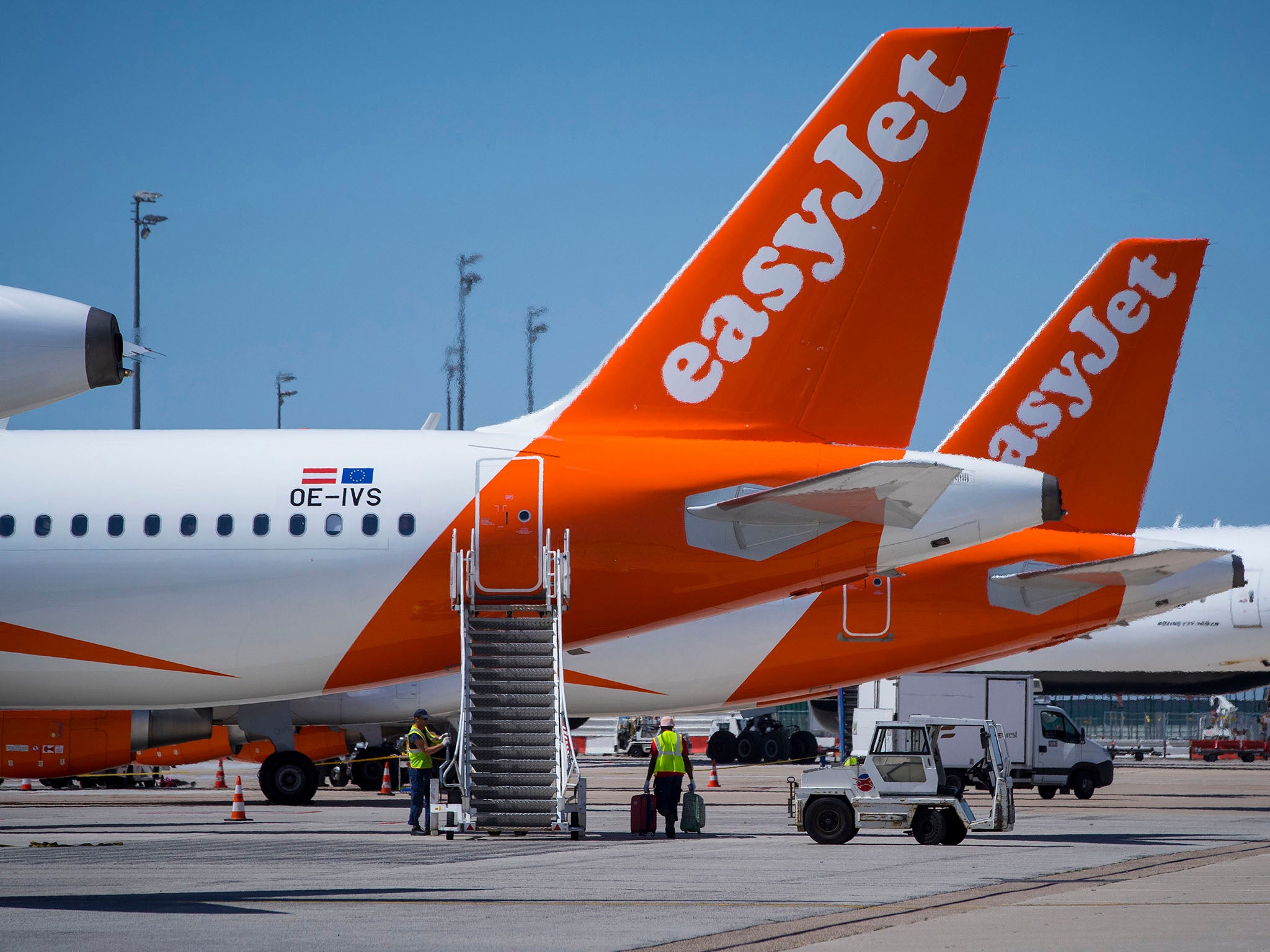Your support helps us to tell the story
From reproductive rights to climate change to Big Tech, The Independent is on the ground when the story is developing. Whether it's investigating the financials of Elon Musk's pro-Trump PAC or producing our latest documentary, 'The A Word', which shines a light on the American women fighting for reproductive rights, we know how important it is to parse out the facts from the messaging.
At such a critical moment in US history, we need reporters on the ground. Your donation allows us to keep sending journalists to speak to both sides of the story.
The Independent is trusted by Americans across the entire political spectrum. And unlike many other quality news outlets, we choose not to lock Americans out of our reporting and analysis with paywalls. We believe quality journalism should be available to everyone, paid for by those who can afford it.
Your support makes all the difference.A Manchester-bound easyJet flight carrying 167 passengers and six crew was just 1.3 seconds from crashing after a runway error made by pilots.
Details of the near miss in Lisbon, Portugal, which took place on 16 September 2019, have just been released in a new report from the government’s Air Accidents Investigation Branch (AAIB).
The pilots are said to have used the wrong entry point to the runway for their calculations, which meant that the actual length of the runway was 1,395 metres shorter than they thought, according to the report.
It meant that by the time the plane had become airborne, it had just 110 metres of runway left – a distance that would have been covered in just 1.3 seconds based on the speed of the aircraft at the time.
The report said: “During pre-flight preparations both flight deck crew members were subjected to numerous interruptions. These included details of a sick passenger at the back of the aircraft, a change in fuel requirements, a mix-up over passengers released from the terminal and a late change to the loading figures.”
It added that while both pilots had made the calculations, “this error was not picked up during the initial calculation or during the pre-takeoff check of the performance”.
The plane took off successfully, but there were several scenarios where it could have overrun the runway with serious consequences according to the report.
It noted: “There are several obstructions beyond the runway that could have caused significant damage to the aircraft and its occupants should an overrun have occurred.”
The report also said that easyJet had experienced two similar incidents within 14 days of each other earlier in the year and had sought to address the issue by sending notices to crew.
The entry points have since been renamed to stop further confusion.

A spokesperson for easyJet told The Independent: “The pilots followed normal procedures for take-off and the flight took off without incident. The safety of our passengers and crew is always our highest priority and we will always take action to ensure we maintain the highest standards of safety.
“We continue to work with industry partners to review possible technical developments, including software updates referenced in the report that we have already taken action on, to help prevent a recurrence of these types of events.”

Join our commenting forum
Join thought-provoking conversations, follow other Independent readers and see their replies
Comments